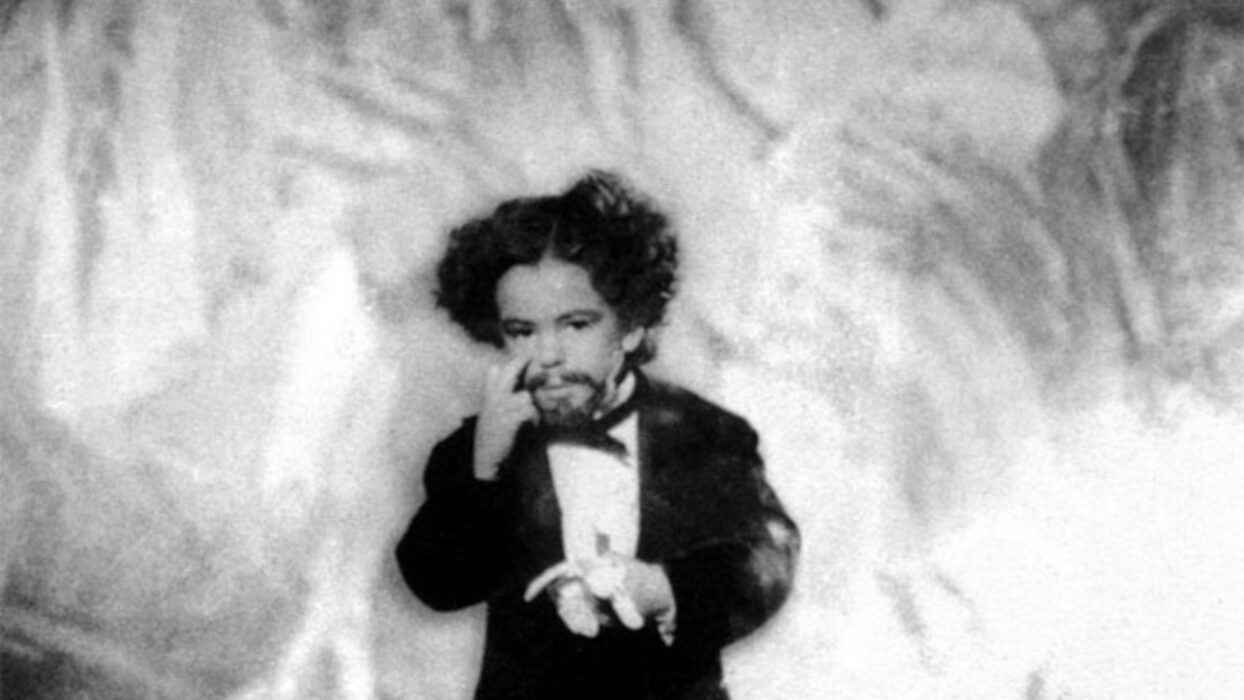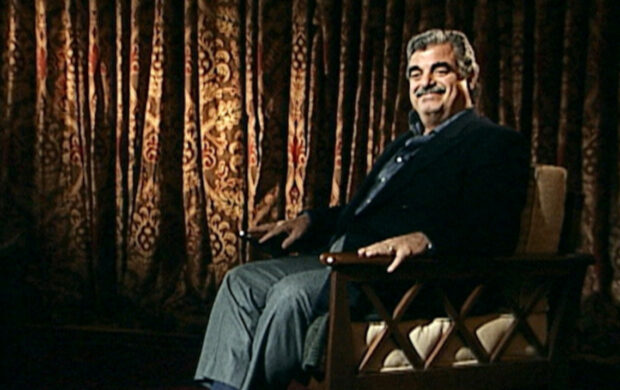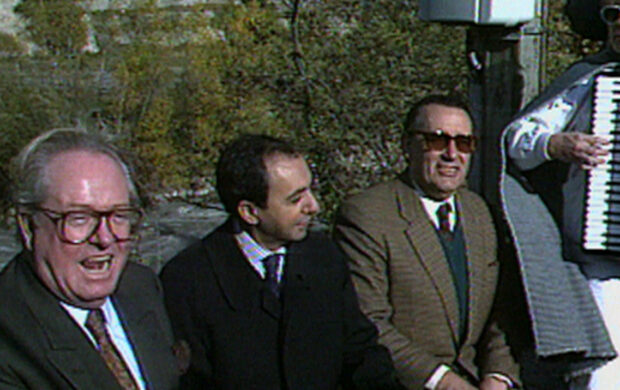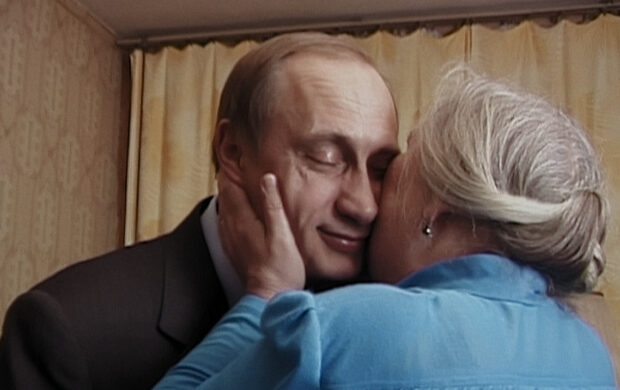Ludwig, Requiem for a Virgin King
Ludwig - Requiem für einen jungfräulichen König
- 1972
- Germany
- 140 min
- German
Evocation of the life of Ludwig II of Bavaria, who was declared insane, became a patron of Wagner and built myriad baroque castles.
“It was with Ludwig that I began to use these projections (as backdrops). First, it was for financial reasons. I had to make a 140-minute film in ten days. With these projections, I didn’t need to build anything, the sets cost nothing. And I was very quickly somewhere else, in another space. This meant I could stage the characters in very different worlds…There was in incredible amount of material and I was very interested in the constellation of Wagnerian characters, to the point that I ended up making Ludwig into a Wagner opera. That’s to say, Ludwig himself enters the scene – not always, but very often – in a Wagnerian universe, in an operatic decor, rather than being surrounded by images of castles….There were no realistic backgrounds, at least, as few as possible. I always chose something connected with idealised representations of Ludwig or operas. Se he comes across as an unreal character. This means he doesn’t move in reality, but in an artificial world, which is assigned to him. To this extent, even if Ludwig is a historical character, I wanted to represent him through the excessiveness that characterises him. The dialogues, however, were very close to reality. I took them from the numerous reports I had in my possession. I wanted to create a tension between these dialogues taken from historical sources and the rear-projections.”
Hans-Jürgen Syberberg (interview with Lucie Picandet, Débordements.fr, 3 May 2015)
- Production : TMS Flm GmbH
- Screenplay : Hans-Jürgen Syberberg
- Photography : Dietrich Lohmann
- Sound : Harry Hamela, Heinz Schûrer
- Editing : Peter Przygodda
- With : Harry Baer, Ingrid Caven, Hanna Köhler, Ursula Strätz, Monica Bleibtreu
- Print contact : Syberberg Filmproduktion, film@syberberg.de




